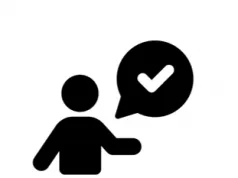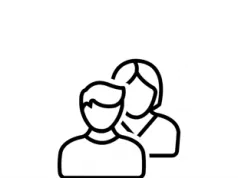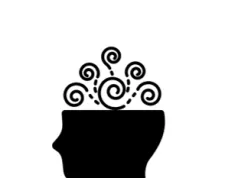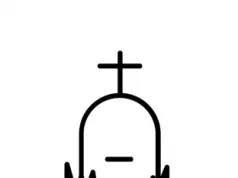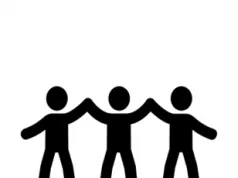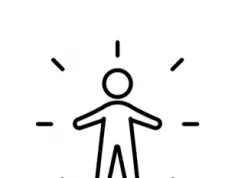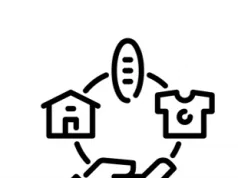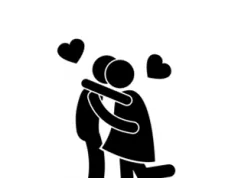Light Therapy has been lauded as an effective treatment for Seasonal Affective Disorder (SAD) – a condition also known as Depression with seasonal patterns.
SAD is a condition that involves a person having depressive-type symptoms, but only during the winter months. The symptoms typically disappear once the dark winter months have passed.
This article answers some of the commonly asked questions about light therapy, and provides information about what it entails.
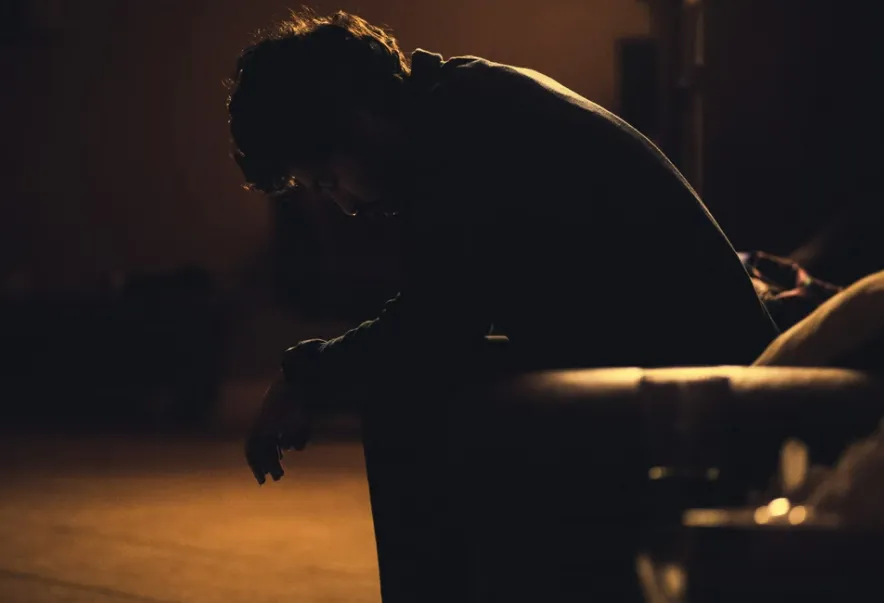
What is Light Therapy?
Light Therapy: Light therapy is a form of therapy that is best known as a treatment for Seasonal Affective Disorder. It involves an individual sitting in front or near a specially-constructed light box for around 30-60 minutes a day. The light box simulates sunlight, which appears to be crucial in the treatment of SAD. This therapy can help other mental health conditions too.
What does Light Therapy involve?
Light therapy involves a participant sitting in front of or near a specially-constructed light box for around 30-60 minutes a day.
The light emitted from the device is far brighter than regular lights – and essentially simulates sunlight.
These special light boxes can take many forms. Usefully, they can normally be either free-standing or wall-mounted.
How does Light Therapy help reduce symptoms?
It isn’t entirely known how light therapy helps. It is believed that the intense light makes the brain act in certain ways that can reduce symptoms.
The strong light can encourage the brain to increase the production of serotonin – a chemical in the brain that is linked to regulation of mood and emotion.
Moreover, it is believed that the light stops the brain from sharply reducing melatonin levels. By doing this, general feelings of sleepiness should subside.
This combination is particularly useful in the winter months, when there is less sunlight – explaining why light therapy is used successfully for treating SAD.
How effective is Light therapy?
The evidence suggests that light therapy is indeed an effective tool in treating SAD, with evidence suggesting it is just as effective as treating SAD with an antidepressant [1].
However, the evidence isn’t too strong when in relation to whether or not SAD could be effective for conditions like Depression, Anxiety or PTSD.
Can Light Therapy be used with CBT?
Cognitive Behavioural Therapy (CBT) is a common treatment for SAD, Depression, Anxiety and many other mental health conditions. It has helped many, many people to get better.
The good news is that light therapy can indeed be used alongside CBT. The combination of the two may be particularly effective.
Can Light Therapy be used with antidepressants?
There is no reason why light therapy and antidepressant use can’t be combined. However, antidepressants are rarely used for SAD, due to its short-term nature.
Is Light Therapy available on the NHS?
Unfortunately, light therapy is not offered on the NHS. But a light box can be purchased rather cheaply, and can be a good investment for the future.
Who can use Light Therapy?
The majority of people can safely use light therapy. But it should be remembered that light therapy involves exposure to a very bright light.
This means that light therapy may not be suitable for anyone sensitive to light. This includes anyone taking a medication that results in increased sensitivity to light.
Moreover, anyone with an eye condition like Glaucoma should exert caution when considering using light therapy.
It is recommended you talk to either your doctor or optician about the possibility of using a light box – and its ramifications.
Which light box should I purchase?
We are putting together a guide on this, so watch this space!
Until then, ensure you are purchasing a light box that has a minimum of 2,000lux.
Is Light Therapy the best treatment for SAD?
Light therapy is designed for use in the treatment of Seasonal affective disorder – a disorder that results in depressive mood in the winter months.
In theory, by producing more serotonin and less melatonin, it makes sense that the symptoms of SAD can be lessened.
Unfortunately, it is likely that a light box is more of a short-term treatment for SAD, with symptoms possibly returning when the next winter arrives.
A talking therapy like Cognitive Behavioural Therapy may be used instead of light therapy, or as an addition. A Doctor will recommend the most suitable treatment for the patient.
Are there side effects to Light Therapy?
Possible side effects include headaches and eye strain. Blurred vision is possible, as are sleeping problems – though morning use of the light box should eliminate this threat.
These side effects are generally mild, and may go away after repeated use. If the side effects persist following repeated use, it is recommended to stop using the light box.
It is understandable to be wary regarding the possible emittance of ultraviolet rays. Most light boxes will filter out harmful rays. But some cheaper models may not, unfortunately.
Summary
Light therapy has the potential to be a very effective form of treatment for SAD. SAD is a misunderstood condition that is difficult to live with – but light therapy can help a person cope with their symptoms.
Light therapy may not be the most conventional form of treatment, and it is clearly something that raises many questions. However, it does appear to be effective for some people.
See Also
- Therapy Home
- Everything You Need To Know About Talking Therapy
- FAQ’s About Talking Therapy
- Light Therapy: Everything You Need to Know
- The Advantages and Disadvantages of Light Therapy
- 8 Things You Should Know About Light Therapy
- Light Therapy: Your Questions Answered
Disclaimer
This website should be used purely for informational purposes, and does not intend to, nor should it ever, be used as a replacement for professional medical advice.
We strive to keep all of our pages updated, and ensure that our website is full of factual and in-depth information. However, we encourage you to browse this website with care.
As a reminder, this website and all content within it cannot and should not replace the advice of a trained medical professional. You can read our full disclaimer at this link.
Helplines
If you are struggling with your mental health, help is available. With the right support and treatment, you can make a recovery. For information on helplines, or if you are in a state of crisis, please visit our crisis page by clicking on the relevant link for your geographical location (United Kingdom), (United States), (International). You can also see how to get mental health treatment and the process involved by clicking this link.
References
[1] Lam, R., Levitt, A., & Levitan, R. (2006). The Can-SAD Study: A Randomized Controlled Trial of the Effectiveness of Light Therapy and Fluoxetine in Patients With Winter Seasonal Affective Disorder. American Journal of Psychiatry. 163 (5), p805-812


